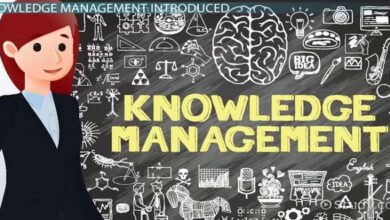Real-life learning: why, what and how?

INTRODUCTION
I was pleased to be asked to make the keynote presentation for this conference. Its theme of Real-hfe Learning has been one of the major concerns during my own academic career over a period of approximately forty years. I came to academia after ten years spent in public administration, by which time I had been appointed to a position of Public Service Lispector (EDP) in the state of Victoria. This was in the mid-60s when commercial computer-based systems were in their infancy and computing education was an emerging discipline. Like others of my kind, I had no academic computing qualifications and was recruited because of my “real-life” experience. From then it has been a continual scramble to keep up with advances in technology, advances in the nature of ICT education, advances in ICT practices and the growth of the ICT profession.
SOME GENERAL HISTORY
Until around 15 years ago, Australia had a binary system of tertiary education. Go back another 15 years before that and there was also a binary system of secondary education. In both cases, the binary division was broadly on the basis of “vocational” vs. “academic” studies.
At secondary level, students were often separated into a vocational or an academic stream after the second year of secondary education (Year 8, in current parlance), i.e. at about age thirteen. The vocational stream essentially meant training for a trade and often led to an apprenticeship. It was not impossible for a student in this stream to move across to the academic stream but it was not regarded as a common occurrence.
SOME HISTORY OF ICT EDUCATION, IN PARTICULAR
Against the above background, we can trace the evolution of ICT education in Austraha. In the late 1950s and early 60s, Australian universities began to acquire computing equipment. This was the province of Science departments and was available to a small number of science/mathematics students for whom the computer represented an advance on the electro-mechanical computation equipment then available. This expanded over the years to form the computer science curricula typical in most of the world’s universities.
REAL-LIFE LEARNING
We in this Working Group are proponents of vocational and professional education in information technology. It is therefore natural to expect us to raise the banner of Real-life Learning. It begs two questions, however: What is “real” about the Real-hfe; and, what is “learned” in the education process?
Whose reality do we teach to our students? At first blush, it is attractive for a lecturer to be able to say to a group of students, “This is the way we did things where I worked”. Even more attractive, of course, to say “This is the way we do things where I work.” This is real-life experience.
WHY?
The values of real-life learning are numerous:
- It illustrates practical implementation of theory. The world of ICT is one of solving problems. A theory must be able to be implemented to be of use in the marketplace. A real-life example is an excellent way to demonstrate usefulness.
- It provides motivation. Which of us has not had a student ask “Do we really need to know this stuff you’re teaching us?” If we can lead the student to a working example of the application of “this stuff, the question is already answered.
CONCLUSION
There is enough of the educational dinosaur in me to make me feel that real-life learning is valuable. For students to see it as valuable, staff must be able to present such experience with confidence and conviction. For staff to be able to do that, they must be at least aware of what real-life entails even if they have had no such experience themselves. Professional bodies such as the Austrahan Computer Society devote considerable effort to organising activities aimed at maintaining the level of relevance of their members and members of the profession in general.
Understanding the conjugation of verbs is essential in mastering a language. It involves various verb forms and tenses, which convey the timing and completion of actions. Additionally, mood and voice variations add further complexity to verb conjugation. The nuances of shabd roop encompass the subtleties of language, requiring attention to detail and practice for fluency





